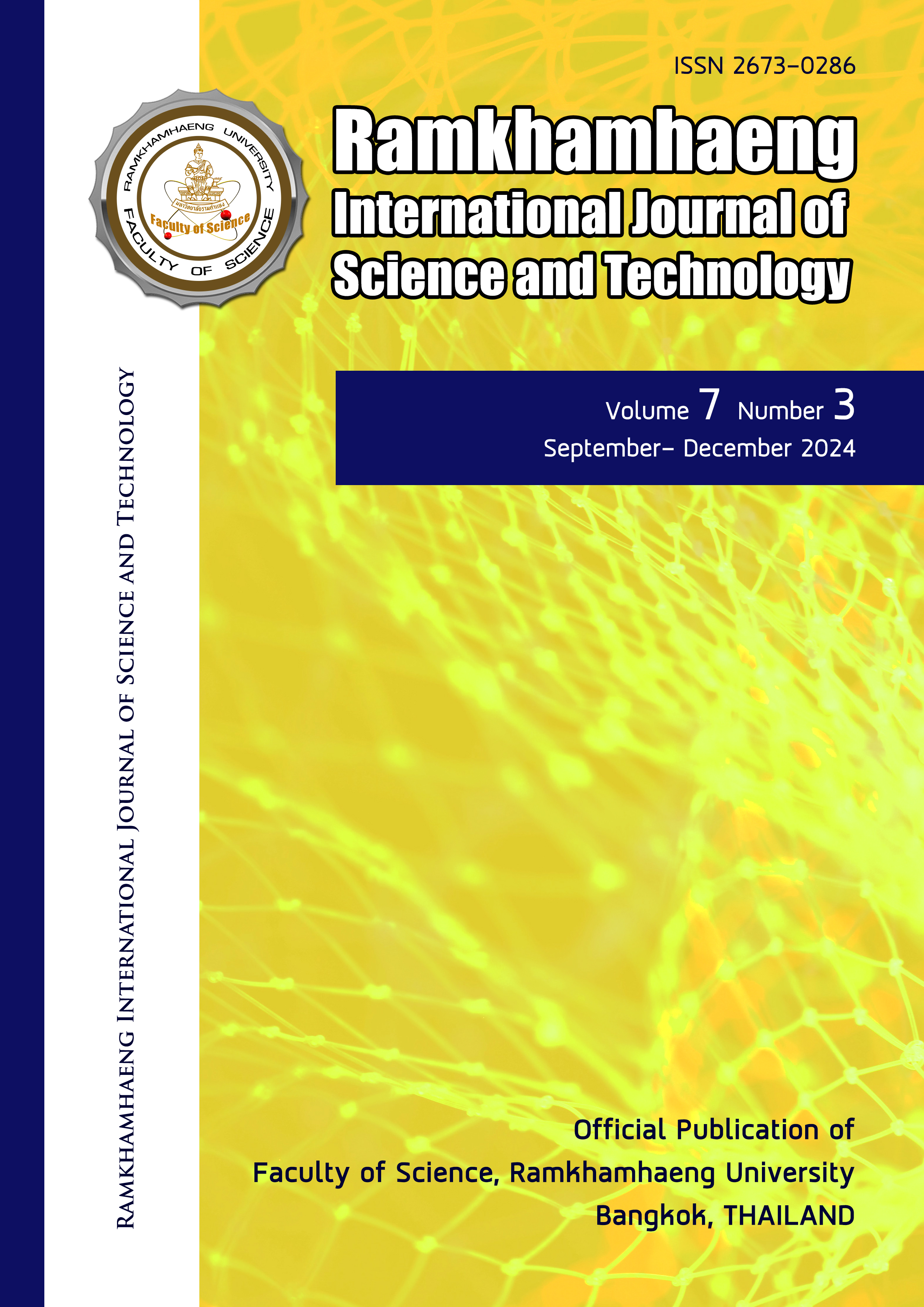Exploring the Fascinating World of Fractals
Keywords:
fractals, iterative processes, non-integer dimension, self-similarityAbstract
Fractals are complex geometric structures defined by self-similarity, infinite detail, and non-integer dimensions. This article introduces the basic properties and formal definition of fractals. The methods for generating fractals through recursive algorithms and iterative functions are discussed with examples such as the Mandelbrot set, Sierpinski triangle, and Koch snowflake.
References
Addison PS (1997) Fractals and Chaos: An Illustrated Course. Institute of Physics. ISBN 0-7503-0400-6
Barnsley MF, Rising H (1993) Fractals Everywhere. Boston: Academic Press Professional. ISBN 0-12-079061-0
Devaney RL (1995) Chaos in the Classroom. Boston University, Boston, MA 02215. https://math.bu.edu/DYSYS/chaos-game/chaos-game.html
Fisher Y (1995) Fractal Image Compression: Theory and Application. Springer
Mandelbrot BB (1982) The Fractal Geometry of Nature. WH Freeman and Company
Ochoa G (1998) An Introduction to Lindenmayer Systems. The University of Sussex. https://www-archiv.fdm.uni-hamburg.de/b-online/e28_3/lsys.html
Peitgen HO, Jurgens H, Saupe D (1992) Chaos and Fractals: New Frontiers of Science. Springer
Downloads
Published
Issue
Section
License
Copyright (c) 2024 Ramkhamhaeng International Journal of Science and Technology

This work is licensed under a Creative Commons Attribution-NonCommercial-NoDerivatives 4.0 International License.
Copyright Notice: a copyright on any article in the published journal is retained by the Ramkhamhaeng International Journal of Science and Technology. Readers or Users grant the right to use of the Article contained in the Content in accordance with the Creative Commons CC BY-NC-ND license and the Data contained in the Content in accordance with the Creative Commons CC BY-NC-ND.


